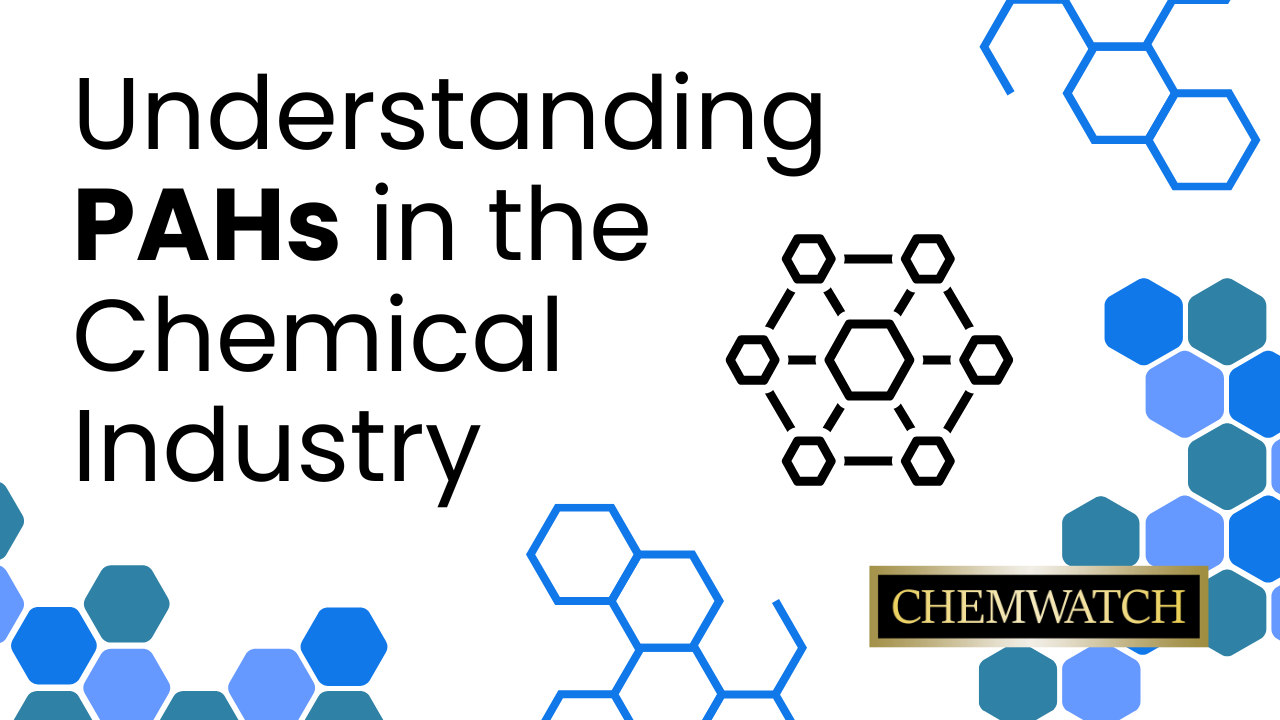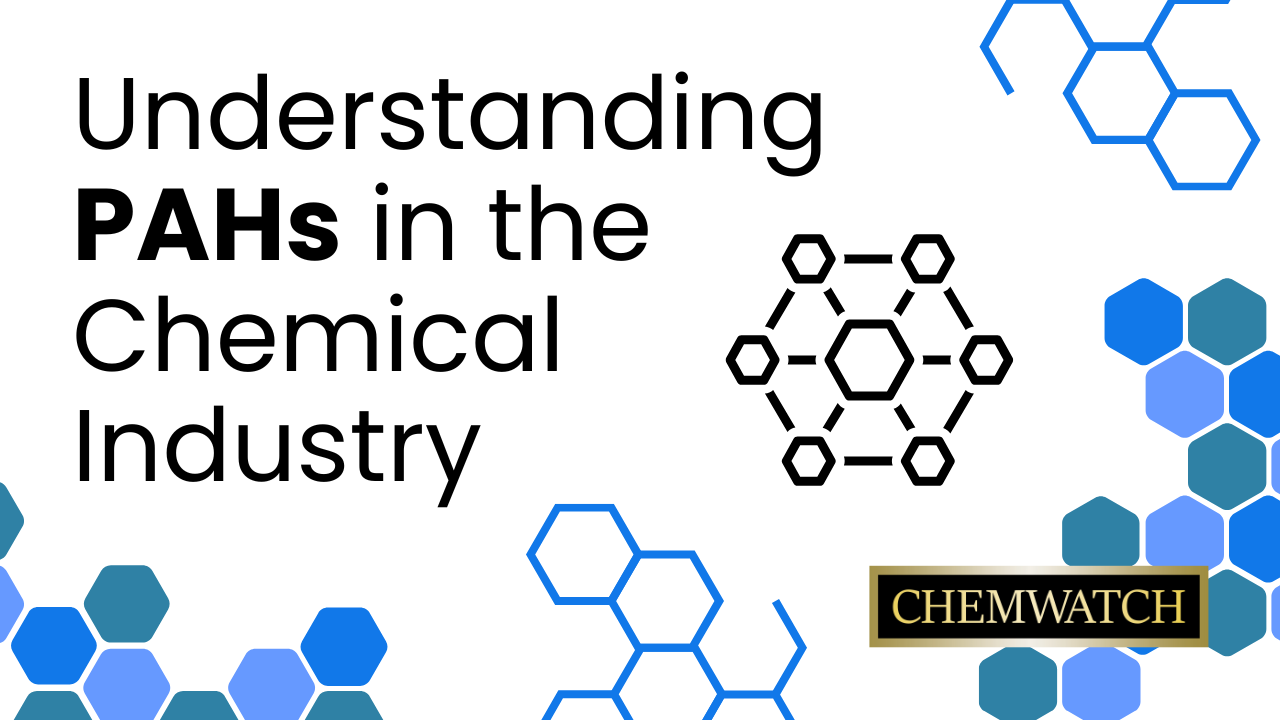
Polycyclic Aromatic Hydrocarbons (PAHs) are a group of organic compounds commonly formed during industrial processes such as petroleum refining, chemical manufacturing, and metal processing. While these compounds serve various essential functions, they pose significant health and environmental risks. Linked to carcinogenicity, mutagenicity, and toxic effects, PAHs demand stringent workplace safety protocols and effective risk management.

To address these risks, the European Union has introduced stringent controls on PAHs through Regulation (EU) 2025/0660, which mandates industries to limit exposure, monitor emissions, and implement comprehensive safety measures. Compliance is not optional—it’s a cornerstone of sustainable operations. Notably, under the REACH Regulation, the EU has recently restricted 18 PAHs in clay targets, effective from April 22, 2026.
Non-compliance with EU regulations can result in financial penalties, operational delays, and reputational harm—making regulatory compliance a key business priority.
Accurate and up-to-date Safety Data Sheets (SDSs) are essential tools in managing PAH-related risks. These documents provide comprehensive information on chemical hazards and are vital to ensuring workplace safety across all levels of operation.
Using outdated or incomplete SDSs increases the likelihood of:
To effectively mitigate PAH-related hazards and maintain workplace safety, businesses should:
While PAHs are prevalent in many industrial applications, their potential risks demand diligent oversight. Keeping Safety Data Sheets (SDSs) current is a crucial step toward protecting employees and achieving full regulatory compliance under frameworks like Regulation (EU) 2025/0660 and REACH. By prioritising PAH risk management and following best practices, companies can uphold high standards of workplace safety, environmental responsibility, and operational excellence.
At Chemwatch, we empower organisations to manage chemical hazards efficiently with advanced tools for SDS management, regulatory tracking, and chemical risk assessment. Our platform offers real-time updates, comprehensive chemical databases, and intelligent substitution recommendations—keeping your business ahead of compliance obligations and safety standards.
Protect your people, your reputation, and your bottom line. Partner with, Contact Us today!
Sources